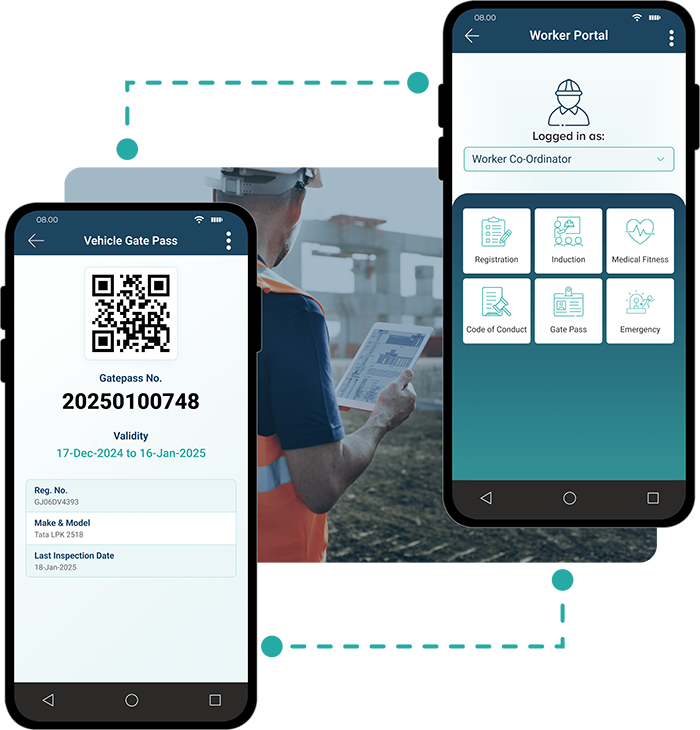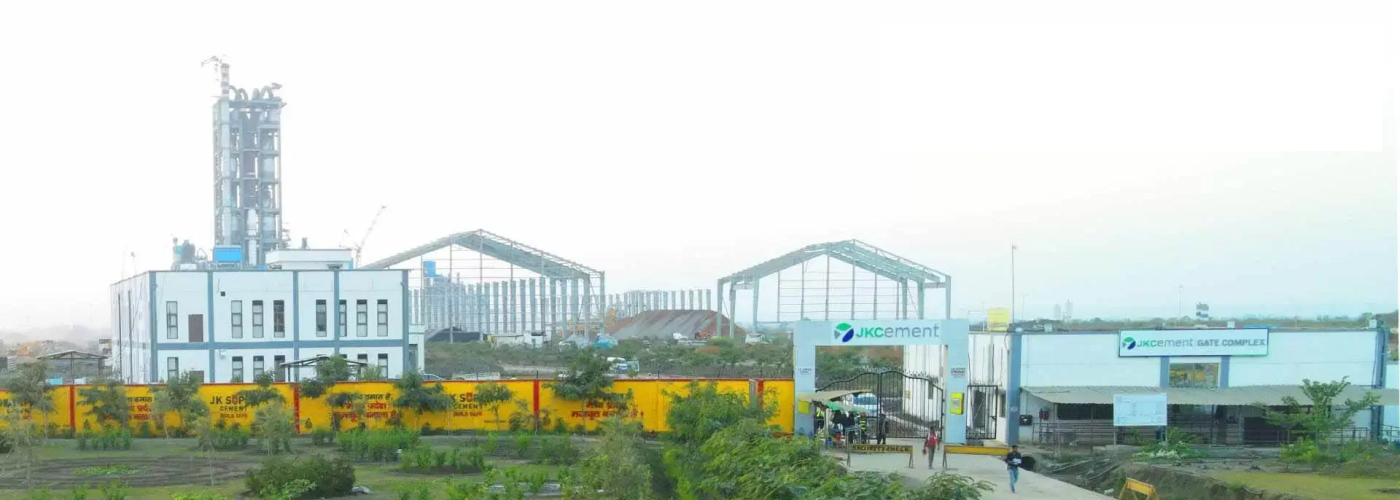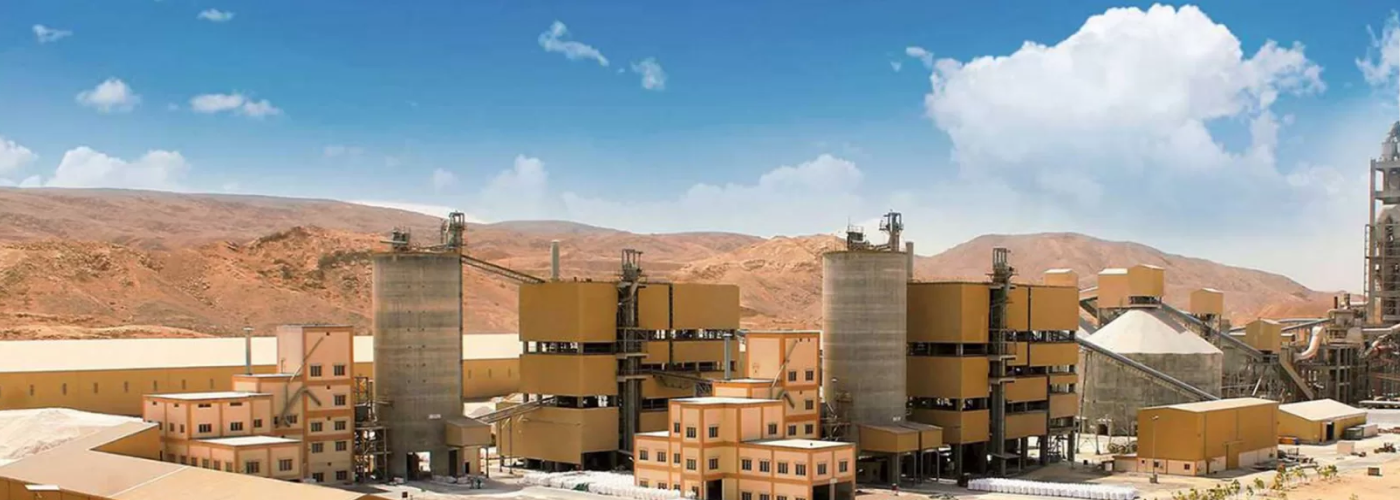








Advancing Safety & Compliance in the Cement Industry with Tech-Enabled EHS Management
Maintaining safety and compliance is a daily operational challenge in the cement industry, where operations involve heavy machinery, high temperatures, complex processes, and a rotating workforce of employees and contractors. High-risk activities, multiple work zones, and tight production schedules often lead to overlooked hazards, inconsistent safety practices, and reactive incident handling. Relying on manually driven traditional reporting, tracking, and managing safety processes can result in delayed responses, non-compliance, and increased exposure to legal, financial, and reputational risks.
Elevate Safety with Integrated EHS Software
Our EHS management software, customized for the cement industry’s unique needs, provides a unified digital platform to simplify and streamline safety operations, ensuring transparency, accountability, and continuous improvement across all sites.
With real-time mobile and web access, the platform enables:
The system promotes collaboration among employees, contractors, and vendors, helping cement plants build a proactive safety culture, ensure regulatory compliance, and drive continuous performance improvement across operations.

Digital Contractor Safety Management for the Cement Industry

From Onboarding to On-Site Excellence
The cement industry experiences a high turnover of temporary workmen and contractors, especially during shutdowns, maintenance, and peak construction phases. With dozens of vendors, workers, and equipment moving in and out of the plant daily, manual contractor safety management becomes prone to errors, delays, and compliance gaps, ultimately increasing risk on-site.
To tackle these challenges, our Digital Contractor Safety Management System (CSMS) offers an end-to-end solution that digitizes every stage of contractor engagement—from worker onboarding, safety induction, and documentation to training, access control, and performance monitoring.
Through a centralized web portal and mobile app, cement companies can:
Our platform ensures consistent safety standards, helps meet regulatory and site-specific requirements, and minimizes the administrative burden on safety teams—while drastically improving contractor operations’ safety, efficiency, and accountability.
With a digital-first approach, the cement industry can strengthen its safety culture, reduce incidents, and achieve on-site excellence through smarter contractor management.
Manual PTW Systems in Cement Plants Pose Critical Safety and Operational Risks
Relying on manual permit-to-work (PTW) systems in the demanding environment of cement manufacturing can lead to significant operational and safety failures. High-risk tasks—such as kiln maintenance, confined space entry, hot work, and electrical isolation—require strict procedural control. Manual PTW processes may result in unauthorized simultaneous operations (SIMOPS), incomplete energy isolation, and poor interdepartmental coordination, especially during maintenance and shutdown activities.
Without centralized tracking, cement plants face issues like overlapping permits, missed handovers, and human errors in documentation or approvals. These gaps increase the chances of equipment damage, safety incidents, and unscheduled production halts. Additionally, a lack of real-time visibility hinders timely decision-making and exposes operations to compliance risks.
Avoid PTW Failures with a Smarter, Digital Approach
PTW failures in cement operations can result in serious hazards, delayed maintenance, and regulatory non-compliance. Contributing factors often include incomplete permit information, bypassed safety steps, poor tracking of permit status, and communication breakdowns between departments.
Our Digital PTW Solution addresses these challenges head-on by providing real-time visibility, automated, rule-based workflows, and accurate digital records. The system ensures that each permit is clearly defined, properly authorized, and safely executed while preventing conflicts like SIMOPS or missing isolations. By transforming manual processes into a fully controlled digital system, we help cement plants reduce risks, streamline operations, and strengthen safety compliance across all levels.

From Incidents to Insights: Visualizing Safety in the Cement Industry
In the high-risk environment of cement manufacturing, near-misses and incidents often go unreported, misinterpreted, or overlooked, leading to repeated mistakes and missed opportunities for prevention. Traditional incident reports, typically text-heavy and technical, frequently fail to engage frontline workers or communicate the full scope of what went wrong. It is critical to transform incident data into meaningful, visual narratives easily understood and remembered by everyone on site to break the cycle of recurring unsafe events.
Turn Lessons Learned Into Life-Saving Awareness
Our solution brings real-world incidents to life through high-impact 3D recreations, turning complex or technical failures into clear, visual stories that resonate across the organization. These recreations make it easier for workers to visualize hazards, understand root causes, and see the consequences of unsafe actions, leading to stronger risk perception, improved safety behavior, and a more proactive safety culture.
Using animated storytelling and immersive simulations, we help teams understand “what happened” and, more importantly, why it happened and how to prevent it.
Real Incidents. Real Learning.
Our 3D animated recreations bring to life some of the most critical and high-risk incidents that have occurred in cement plant operations, helping teams understand what happened and why it happened—and how to prevent similar events in the future. These include a fatality caused by a fuel tank explosion, and an incident during cyclone packing activity, which highlighted procedural and equipment safety gaps. We’ve visualized mechanical failures such as the EOT drum failure during roller shifting and high-risk operations like pre-heater maintenance where access, heat exposure, and confined spaces pose serious dangers.
Additional recreations capture structural and process-related incidents, such as coating falling from the calciner and a serious event while removing a dummy plate from the smoke chamber at the kiln inlet pre-heater, showcasing the risks involved in unplanned or misjudged hot work. We’ve also animated incidents like when a rotating fan blade of an air-cooled condenser struck a welder, and the collapse of side coating that engulfed a worker in the silo, demonstrating the need for effective isolation, inspection, and hazard anticipation.
Critical Safety Guidelines – Knowledge, Implementation Challenges & Solutions in the Cement Industry
In the cement industry, where high-risk activities such as confined space entry, working at height, hot work, and heavy equipment operation are routine, adherence to Critical Safety Guidelines—also known as Life-Saving, Golden, or Cardinal Rules of Safety—is not optional; it is vital. These rules are established by corporate safety leadership to serve as non-negotiable protocols across all plants and project sites, forming the backbone of a strong and consistent safety culture.
These guidelines represent the minimum expected safety behaviors for all employees, contractors, and stakeholders, helping to prevent serious injuries and fatalities. Examples of these critical rules include:
These rules aim to create a shared understanding of safe conduct and reinforce accountability at every level.
To ensure deeper understanding and consistent implementation, we have developed 3D interactive movies that visually explain each critical safety protocol. We designed these immersive training tools to deliver clear, engaging, and unified safety messages across the workforce—regardless of literacy level or language preference. These modules are available in multiple regional languages, enabling workers to see, understand, and retain key life-saving rules through realistic scenarios and interactive learning. This approach boosts awareness and promotes consistent compliance and behavioral alignment across all sites and teams.
Customized eLearning Solutions for Cement Industry Safety Training
Empower your workforce with our bespoke, on-demand training to address specific cement industry risks and challenges. We develop customized eLearning modules that cater to your unique operational needs and equip your team with the knowledge and skills to maintain a safe working environment.
Our comprehensive, interactive eLearning modules cover critical safety topics, including:
Our ability to customize each module to your specific processes and equipment sets us apart, making training directly relevant to your plant’s operations. Our solutions use real-world scenarios and interactive visuals to break down complex safety protocols, ensuring a better understanding and retention of essential procedures.
These digital solutions are accessible anytime, reduce training downtime, and boost safety awareness. Our customized approach ensures that every team member, whether working in high-risk areas or supporting functions, receives the proper training at the right time.
Our customized eLearning modules help cultivate a skilled, compliant, and safety-conscious workforce while minimizing operational risks and enhancing overall productivity.





